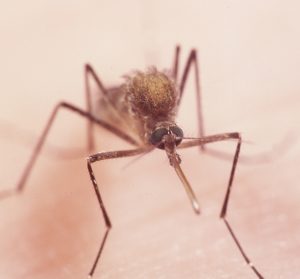Scientists from the
French National Centre for Scientific Research (CNRS) took on a mission to
study the group of microbes lying dormant for aeons in vast tranches of
permafrost. The thought of study was followed by the need to know the impacts
of material trapped in the icy grip of Earth which is itself releasing with
global warming.
Also Read: Lecanemab Alzheimer’s drug study: All you need to know
To study the emerging
microbes, scientists revived 13 ancient “zombie viruses” frozen in Siberian
permafrost (permanently frozen ground), including one thought to be nearly
50,000 years old, which is a record age for a frozen virus reviving back to
being capable of infecting other organisms, said a report in Science Alert.
Also Read: Who was Jiang Zemin?
The CNRS team led by
Jean-Marie Alempic said that the reanimating “zombie viruses” are potentially a
significant public health threat. A thorough study needs to be done to assess
the risk that these infectious viruses could pose as they awake from their icy
slumber.
Also Read: Who is Melissa Highsmith and who kidnapped her?
The researchers wrote
that a quarter of the Northern Hemisphere is underlain by permanently frozen
ground, which they referred to as permafrost.
The oldest sample they
discovered was a 48,500-year-old amoeba virus, named Pandoravirus yedoma after
the Pandora family, which was found earlier frozen under a Siberian lake.
Also Read: Elon Musk claims Apple has threatened to ‘withhold’ Twitter from App Store
The amoeba virus had
been dormant for nearly 50,000 years when unearthed by researchers was called a
zombie virus.
The study, though not
peer-reviewed yet, suggests that zombie viruses could be public health threats
as permafrost melting and releasing of years-long frozen viruses is followed by
continuous climate change.
Also Read: NASA official after Artemis launch: Humans expected to live on Moon by this decade
The intensity of
infections these zombie viruses could cause when released is yet to be
analysed, but the risk of potential infections is bound to rise in the context
of global warming when permafrost melting will keep escalating, the researchers
wrote.
The report warned of a
situation of the potential damage that those unknown viruses could bring after
coming in contact with light, heat and oxygen of the outer environment. These
are areas to be investigated in further studies.







